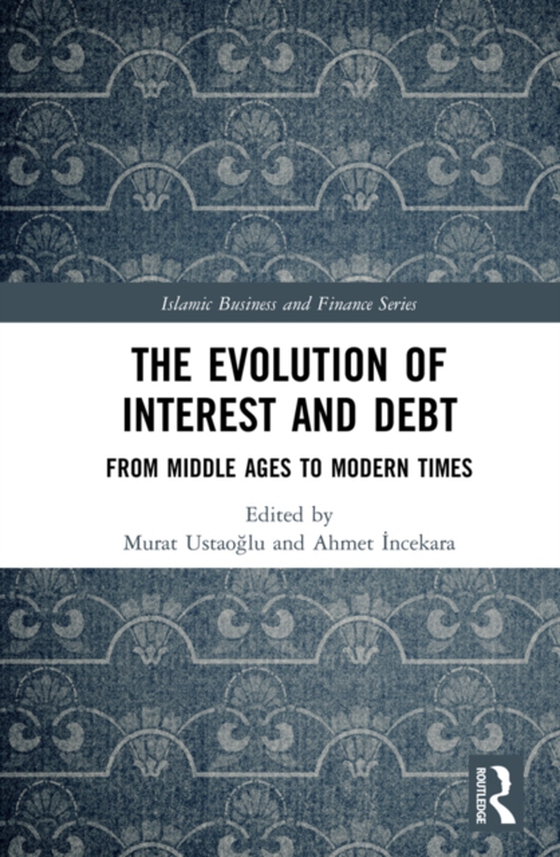
Evolution of Interest and Debt e-bog
348,37 DKK
(inkl. moms 435,46 DKK)
It would be difficult to examine interest- free alternative fi nancial systems without reviewing the evolution of debt; thus, this book offers a chronological account of the development of interest- bearing debt and contributors offer their take on how the issue of interest has been addressed throughout medieval and modern civilizations.The Evolution of Interest and Debt provides a review of th...
E-bog
348,37 DKK
Forlag
Routledge
Udgivet
18 oktober 2020
Længde
180 sider
Genrer
1FB
Sprog
English
Format
pdf
Beskyttelse
LCP
ISBN
9781000199215
It would be difficult to examine interest- free alternative fi nancial systems without reviewing the evolution of debt; thus, this book offers a chronological account of the development of interest- bearing debt and contributors offer their take on how the issue of interest has been addressed throughout medieval and modern civilizations.The Evolution of Interest and Debt provides a review of the impact of these interest-bearing debt and practices upon social relations and institutions, throughout the history of modern economics, observing the relative conditions of the time and, as such, will shed light on the ongoing problems as well. The authors assert that the development of the concept of interest can be traced through three historical periods. The first period covers measures from a more radical stance, as introduced by the Abrahamic religions, with the same foundations and principles at their core. The second period examines the arguments that justify interest-bearing debt, particularly how the stance of major religions has been translated into a basis of support for these transactions. The third and final part offers a chronological account of the development of interest-bearing debt transactions and their disruptive impacts throughout the history of modern economics from the medieval to the modern era. Initially, the book presents a conceptual framework of terms applicable to the discussions and then examines the consistency and reliability of the theological and philosophical arguments on the restrictions imposed upon the practice of interest and debt, including rigid prohibition. Each period presents its own dynamics and helps analysts better understand the history and roots of interest-bearing debt. While the book is grounded on research that relies heavily on historical sources, it offers a contribution to the literature on economics as well, since the historical findings are analyzed in the context of economic terms and theories.An interdisciplinary effort, the book will attract the attention of those who have an interest in fi nance, economics, history, religion and sociology.
 Dansk
Dansk

